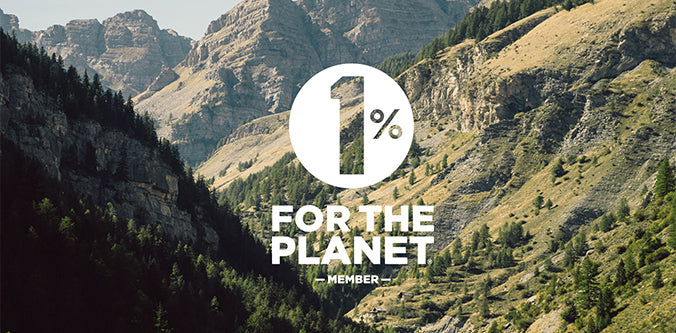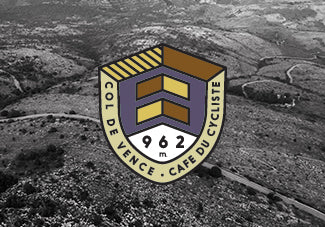Mont Ventoux: Nos montagnes à la carte #6
When Napoleon wanted to construct the best naval fleet in the world, he naturally went for the toughest wood, and that came from Mont Ventoux.
In 1967, a wind speed of 320km/h was recorded at the top, the strongest ever recorded in France.
However, you don’t need a 20m-high antenna attached to a meteorological observatory to know that the top of Ventoux is windy – or that any tree that dared to grow near the summit would have to be extraordinarily tenacious and hardy.
Such intuition and tactical nous were characteristic of the great Corsican commander, but in truth, this solitary Provençal peak, which is scoured by the icy Mistral wind, was known for its wood far before that. People have been cutting it down, according to historical sources, since the 13th century when custody of the mountain was given to the village of Bédoin by the lord who owned it.
That was around the time that the Italian poet Petrarch climbed to the top.
He claimed, having done so, to be the first person since antiquity to climb a mountain purely to see the view – and the view from the top is spectacular.



































